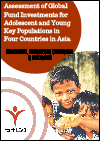Publications on Adolescents
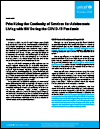
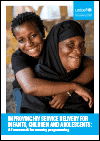
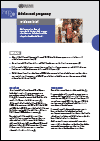
In many societies, girls are under pressure to marry and bear children early. In low- and middle-income countries, over 30% of girls marry before they are 18 years of age; around 14% before the age of 15. Early marriage generally leads to early child bearing, in accordance with social norms.
In many places girls choose to become pregnant because they have limited educational and employment prospects and given that motherhood is valued, marriage/union and child bearing may be the best of the limited options they have.
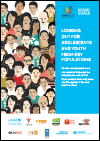
This formative assessment on the needs of adolescents and youth at risk presents the experiences of adolescents and young people including those from key populations and the perspectives of experts working with young people in the four domains: education, parental and peer support, communication and mental health – in relation to HIV risk and prevention, and broader sexual reproductive health rights, including perceived needs, access to and use of services, and barriers and opportunities for young people.
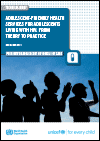

Gender Counts, a new, first-of-its-kind review, utilizes quantitative data to provide a comprehensive profile of how gender inequality impacts girls and boys, in the low and middle-income countries in Asia-Pacific. This report focuses on South Asia. The reports describe the effects of gender inequality in the domains of health, education and transition to employment, protection and safe environment.

This review utilizes national-level quantitative data to provide a comprehensive profile of how gender inequality impacts girls and boys, in low and middle-income countries in East Asia and Southeast Asia. This report describes the effects of gender inequality in the domains of health, education and transition to employment, protection and safe environment.
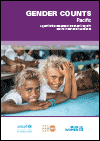
This review utilizes national-level quantitative data to provide a comprehensive profile of how gender inequality impacts girls and boys, in low and middle income countries in the Pacific. This report describes the effects of gender inequality in the domains of health, education and transition to employment, protection and safe environment.
